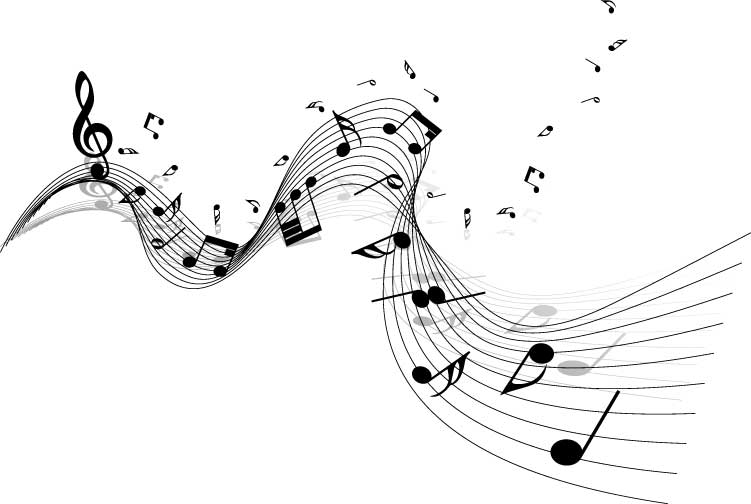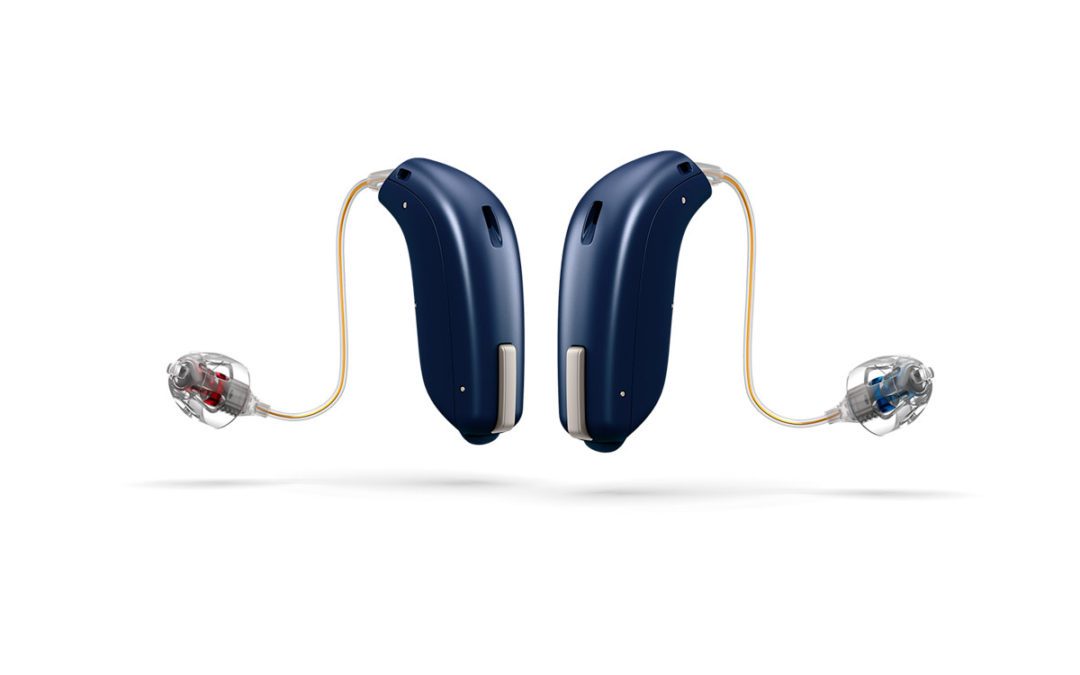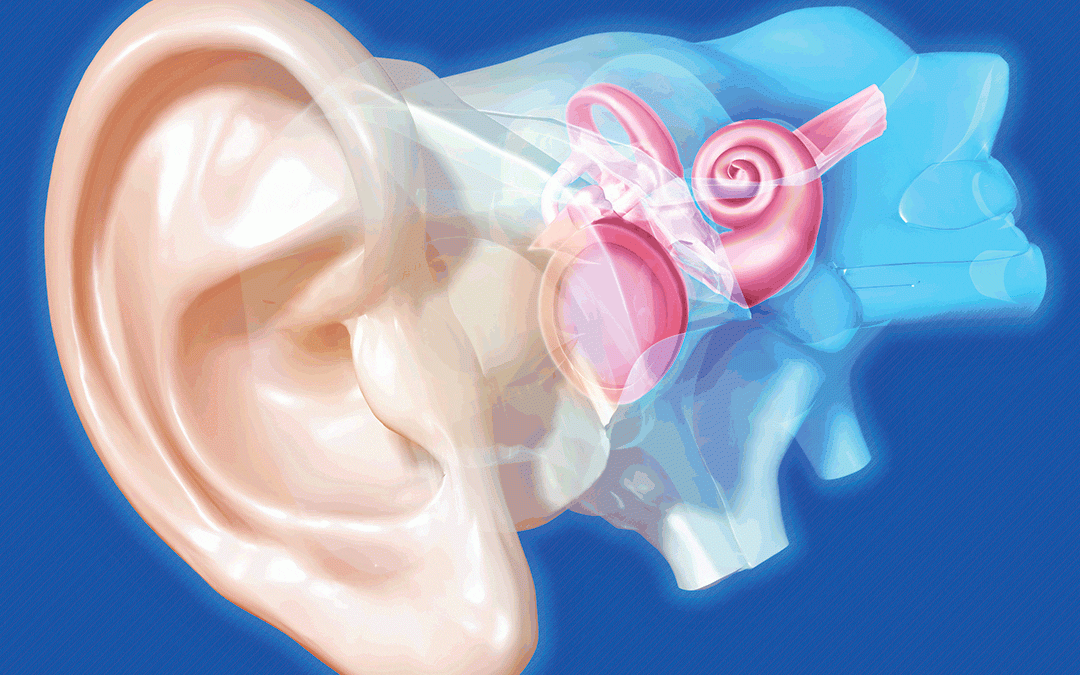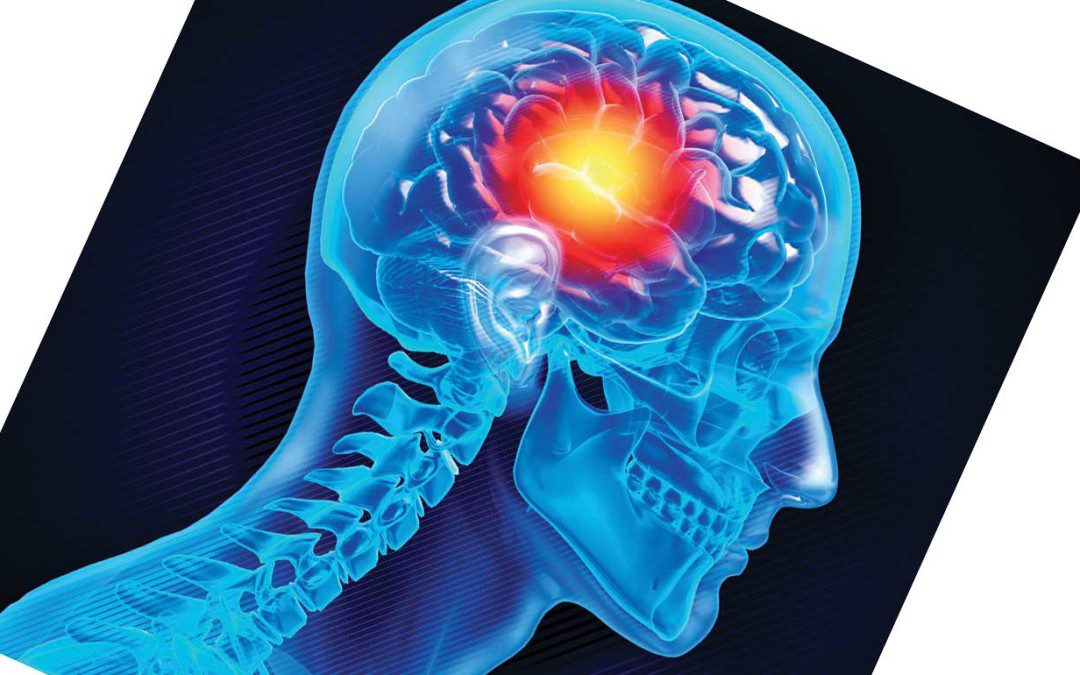
Jul 3, 2017
It is estimated that one-quarter of today’s teens may have serious hearing damage and not even know it. It, therefore, becomes necessary that we find ways to diagnose hearing loss and treat it. Until recently, one common way of informally detecting hearing loss is to...

Jun 27, 2017
The term “absolute pitch,” more commonly referred to as “perfect pitch,” is the rare auditory ability to identify and recreate a musical tone without the help of a reference tone. It is different than “relative pitch,” which is a learned ability common in trained...

Jun 20, 2017
Only 30 percent of hearing-impaired adults aged 70 years and older who could benefit from wearing a hearing instrument have ever worn one. Even fewer adults between ages 20 and 69 years who could benefit have ever worn one. If these individuals and others need more...

Jun 13, 2017
While “sensorineural hearing loss” is caused by inner-ear hair-cell damage or problems with nerve pathways that lead from the inner ear to the brain, “conductive hearing loss” is related to problems conducting sound waves from the outer ear to the middle ear. While...

Jun 6, 2017
Hearing loss can compromise cognitive ability because the brain must put added effort into understanding speech. Thus, it makes sense that new research indicates that providing individuals with hearing instruments not only helps them hear better, but it also boosts...

May 30, 2017
Today’s digital hearing instruments use “algorithms” (which are sets of step-by-step instructions that are used to accomplish a task) to analyze and categorize incoming sounds. In effect, these sophisticated algorithms can intercept sounds, code them, and cleanse them...






